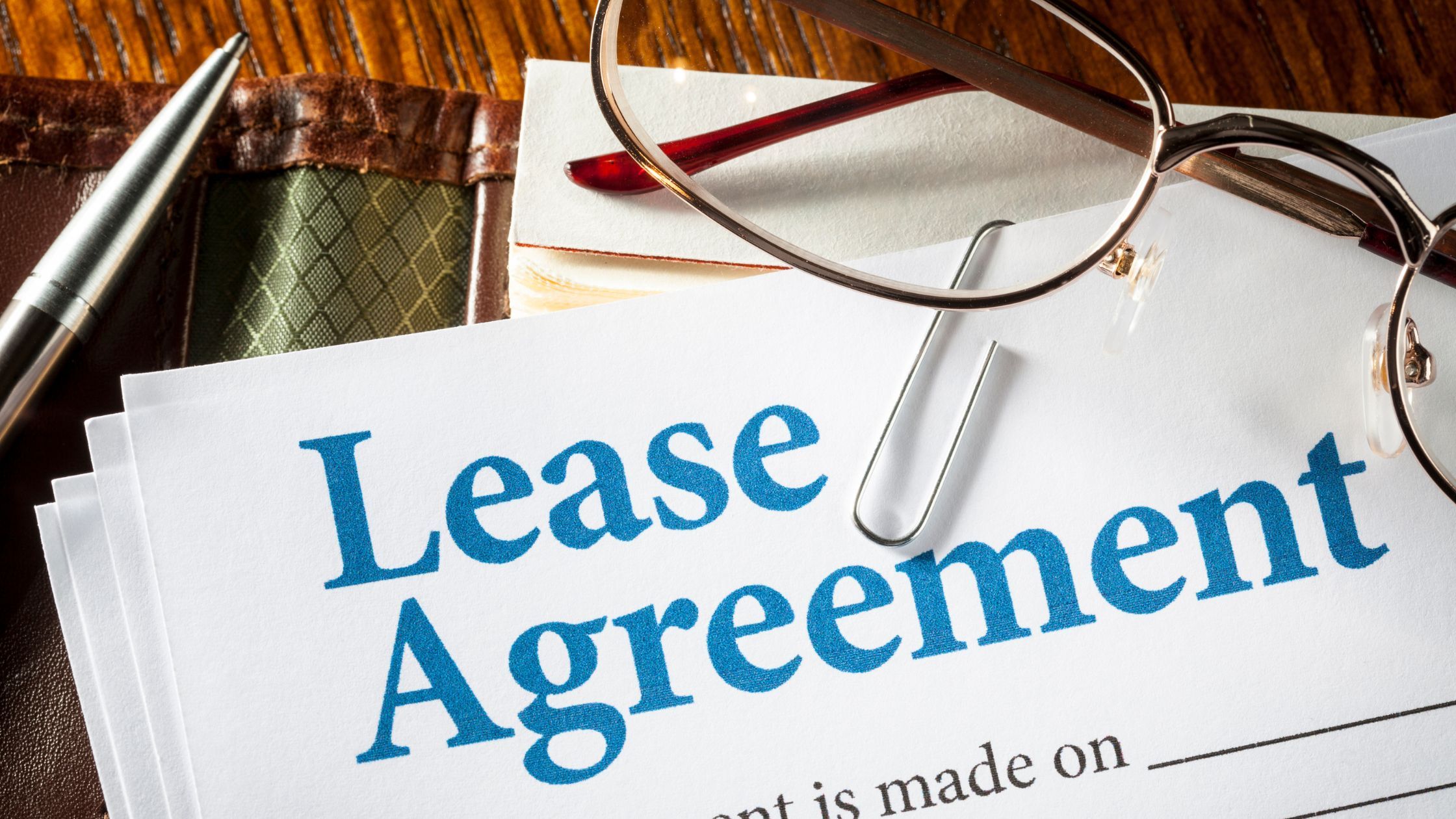In addition to the above, your solicitor will be required to register the property title into your name with the Land Registry following completion. Failure to do so could mean that you don't legally own the property.
Registered land
Your solicitor will register the property on the online Land Registry portal. The following will need to be submitted to the Land Registry electronically:
- AP1 Form - this is completed by your solicitor and briefly sets out the general information regarding the transaction.
- The Transfer signed by the seller.
- The SDLT 5 Certificate (as mentioned above).
- Evidence of discharge of any registered mortgage (usually by way of a DS1 Form).
- If either yourself or the seller is an executor, then the grant of probate.
Please note that a fee will be payable for your application, the amount of which will depend on the type of transaction and the value of the purchase price.
The application will be processed by the Land Registry and the timescale can vary and largely depends on the type of application involved. For example, if there is a transfer of part, the Land Registry currently takes up to six months to process the application. When the application has been completed by the Land Registry, the Land Registry will provide an up-to-date official copy of the register as confirmation of yourself being the proprietor. This document is then sent to you along with any other title deeds.
Unregistered Land
An application will still need to be made to the Land Registry if the property you have purchased is unregistered but it will have to be sent by post and not electronically. Your solicitor will send certified copies of the abovementioned documents, and a Form FR1 will need to be provided.
Notices
Following completion of the purchase of a leasehold property i.e. a flat, the terms of the lease will usually require that the Landlord and / or the managing agent will require Notice of the purchase. The Notice will confirm the completion date, the details of the buyer and the new mortgage in place.
A fee is usually payable to the Landlord and / or managing agent and your solicitor will inform you of this prior to completion of your purchase.
What is Adverse Possession?
Adverse Possession is the occupation of land inconsistent with the right of the 'true owner'. Put simply, adverse possession allows a person without legal title to the land or property to claim ownership of the land when they have occupied it without consent. The principles regarding adverse possession were clarified in the Judgment of Zarb v Parry [2011] in the Court of Appeal, proving it to be a difficult area for the future for conveyancers, neighbours and property litigation lawyers.
Background
The Limitation Act 1980 placed a negative nature upon adverse possession. This meant that adverse possession could be acquired provided 12 years' possession could be established on behalf of the third party. Once the 12 year period had expired, the 'true owner' with paper title, could not reclaim their land. "Limitation extinguishes the right of the true owner to recover the land, so that squatters' possession becomes impregnable, giving him a title superior to all other" (Buckinghamshire County Council v Moran [1990]). After twelve years of adverse possession, the paper proprietor held the land on trust for the squatter who could apply to be the registered proprietor. However, the Land Registration Act 2002 brought fundamental changes in the law with regard to registered land. With unregistered land, adverse possession can still be acquired after 12 years.
The Land Registration Act 2002
The main purpose of the Act was to encourage registered owners to keep control over their land and to encourage the registration of unregistered land.
The relevant provisions of the Act include:-
- There is no limitation period for the recovery of a registered estate in land. However, if the adverse possessor has possessed for 10 years or more, they may apply to be registered as the legal owner. However, if proceedings for possession have already begun, the adverse possessor cannot apply to be the registered owner.
Following on from the above however, Section 98 of the Act states; A person has a defence to an action for possession of land if, on the day immediately preceding that on which the action was brought, he was entitled to make an application under paragraph 1 of Schedule 6 to be the registered proprietor of an estate in land and, he had made such an application on that day, the condition in paragraph 5(4) of the Schedule would have been satisfied.
Zarb v Parry considered the aforementioned conditions.
Zarb v Parry [2011]
The Facts
- The land compromising both the Claimant's and Defendant's properties were owned by Mr Little. Mr Little separated the land in 1985, retaining the Daisymore property and settling Fleet Cottage.
- In 1992, Mr Little sold an additional parcel of land at Daisymore to the owners of Fleet Cottage, allowing the garden to be enlarged. This parcel of land was central to the dispute.
- Daisymore was purchase in 2000 by the Claimants, who alleged the hedge, which the then owners of Fleet Cottage took to be the boundary between the properties, did not follow the boundary as set out in the 1992 conveyance.
- In 2007, the Claimants attempted to take adverse possession of the parcel of land, forcibly. They informed the Defendants that the intended to retain the land back and cut down the sapling, and began to install two new fences before being interrupted by the Defendants.
- In 2009, the Claimants issued court proceedings to obtain a declaration noting that the boundary matched that of the 1992 conveyance. The Defendants argued that the legal boundary followed that of the physical features of the land, and also relied upon S.98.
The Decision
It was accepted that the Claimants were the paper owners of the title. However, it was held that the Defendants were able to establish adverse possession. This decision was appealed by the Claimants on the following grounds:
The previous owners of Fleet Cottages' possession of the land were implied consent from Mr Little meaning possession of such land could not be adverse,
- The Defendant's averse possession had been interrupted in 2007 by the Claimants. The Claimants argued that the time period began running from this date; and
- The Defendant's did not reasonably believe that they owned the land throughout the previous period of 10 years as provided in Schedule 6, paragraph 5(4)(c). Although the Claimant's only required one of the above grounds to be satisfied, the Court of Appeal unanimously dismissed same.
The Court of Appeal Reasoning
Regarding the first ground, Lady Justice Arden found that erecting a stock- proof fence did not indicate consent to possess the parcel of land. She provided that the crucial question was whether the acts and words of Mr Little were "probative of and not merely consistent with the giving of permission". The Claimants had not done enough to cause adverse possession to cease. This point was emphasised by the fact that the Claimant's ceased in their attempt to take possession half way through same. On receipt of confrontation from the Defendant's they abandoned their enterprise. It was found that on all evidence available, the Defendant's belief of possession was reasonable.
Practical Implications of the Decision
The above decision has created a path which will need to be tread carefully by those claiming adverse possession and owners of land. It was suggested in Zarb v Parry that all potential purchasers ensure all boundaries are agreed, recorded by deed and subsequently registered with the Land Registry. Therefore, if you are an adverse possessor with over 10 years possession, then the best course of action would be to apply to be registered as the proprietor before they are presented with evidence making their belief unreasonable.
The Law Society's Conveyancing
Quality Scheme (CQS)

Buying a home is the largest and most expensive transaction that most people will undertake in their lifetime. The Law Society's Conveyancing Quality Scheme is the recognised quality mark for legal experts in buying or selling residential property.
Hennah Haywood Law has been awarded this Conveyancing Quality Scheme Accreditation by the Law Society by undergoing rigorous assessment.
The Conveyancing Quality Scheme requires firms to complete a lengthy application form and demonstrate that they meet strict criteria in areas such as knowledge, experience, skills, administrative processes and financial standing. Firms then have to continue to provide compulsory training and annual reviews in order to maintain their Conveyancing Quality Scheme status. The Conveyancing Quality Scheme is only open to members of the Law Society who meet the demanding standards of the scheme and has the support of the Council of Mortgage Lenders (CML), the Building Societies Association (BSA), the Association of British Insurers (ABI) and the Legal Ombudsman. Popular lenders, including HSBC and Santander, have recognised that Conveyancing Quality Scheme members provide a service that can be trusted by granting legal experts entry onto their panels.
The President of the Law Society, Linda Lee, states that the Conveyancing Quality Scheme provides homebuyers with an "instantly recognisable kite mark, highlighting a firm's professional excellence and their commitment to providing a high quality service". The Conveyancing Quality Scheme "improves efficiency with common, consistent standards and service levels and enables consumers to recognise practices that provide a quality residential conveyancing service". "There are many different conveyancing service providers out there, making it difficult for home buyers to identify those which can ensure a safe and efficient level of service, the accreditation will allow consumers to identify. Since inception in 2011, the Conveyancing Quality Scheme has created a trusted community which has helped to deter fraud and continually improve standards across the residential conveyancing sector.




































